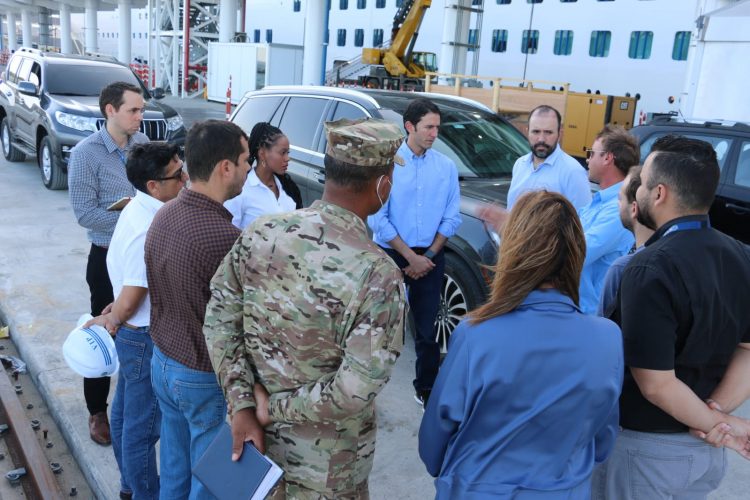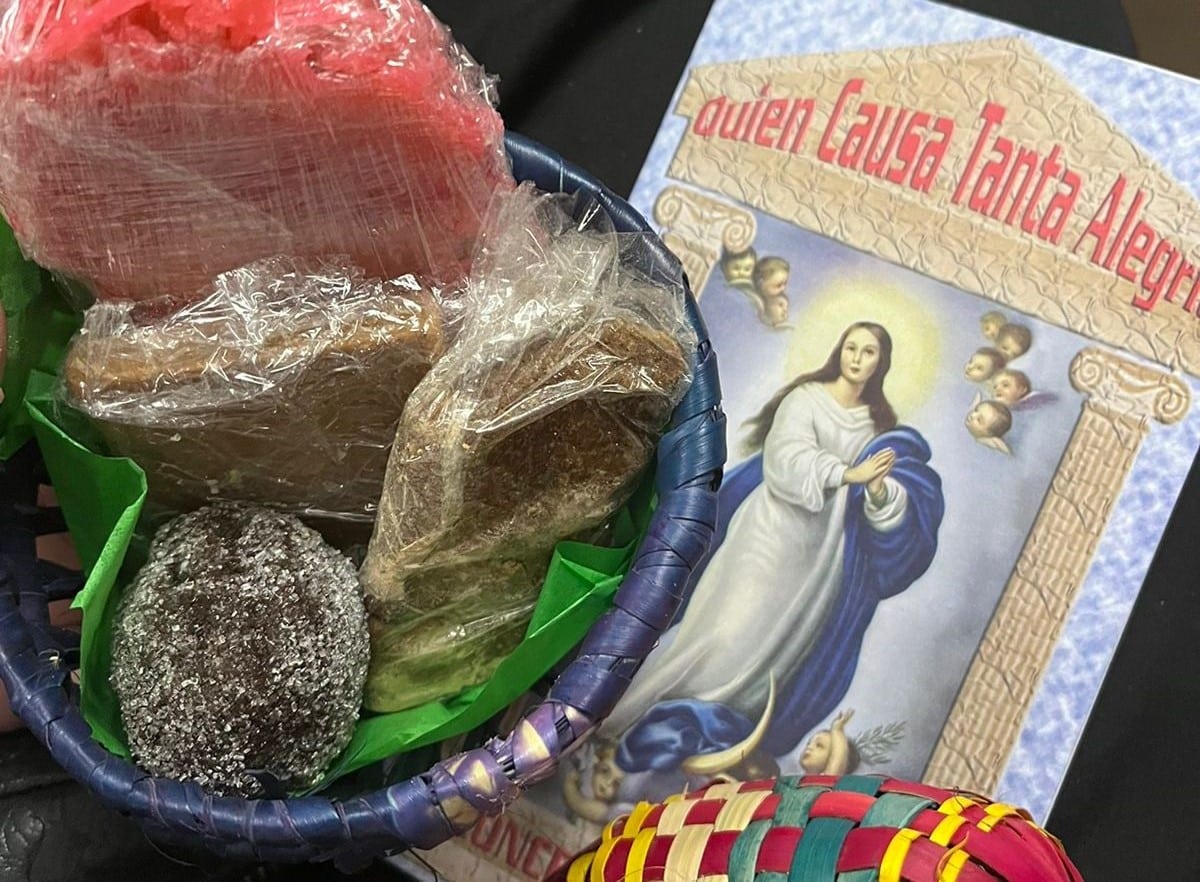A tour of the Amador Cruise Port, was carried out this Friday by the general administrator of the Panama Tourism Authority (ATP), Iván Eskildsen, with the aim of improving the visitor experience.
During the tour, it was agreed to speed up the work in the critical areas of the terminal, specifically in the access roads, so that the boarding and disembarking process is as smooth as possible.
Also that the migration processes and logistics by the Colón 2000 operator, in coordination with government entities, are carried out in less time.
Eskildsen highlighted that since the beginning of the cruise season, the ATP has staff on site attending to everything related to the passenger experience and will remain throughout the season.
In addition, the fluidity and presence of collaborators of the entity, the Panama Maritime Authority (AMP), the National Police (PN) and the National Migration Service were verified.
“The cruise segment continues to be a priority, according to the Sustainable Tourism Master Plan (PMTS 2020-2025), especially this new terminal, which we see great potential for tourism development in the capital city, which is where the concentrates the largest number of hotel rooms in the country”, he remarked.
In addition to the ATP, the Panama Maritime Authority, the Air Force, the Presidency of the Republic and the operators of Puerto Colón 2000 participated in the meeting.
This Wednesday, the Diamond Princess cruise ship arrived at the anchorage area of the Port of Amador, in the Capital City, with more than 2,000 passengers.
The disembarkation of the cruise passengers, with a visit itinerary in the Capital City and the province of Colón, was carried out in an organized manner and with all security measures.
More than thirty buses, with 56 and 40 passengers, went to Amador, in order to transfer cruise passengers to areas such as: the Agua Clara Visitors Center (Colón), the Miraflores Visitors Center (Panama City) , Pedro Miguel, Gamboa, the Emberá Drua indigenous community, the Biomuseo, Flamenco and shopping centers.
Two of the buses with a capacity for 56 passengers traveled towards the Panama Canal, where the tourists were scheduled to make the traditional transit through the waterway.




